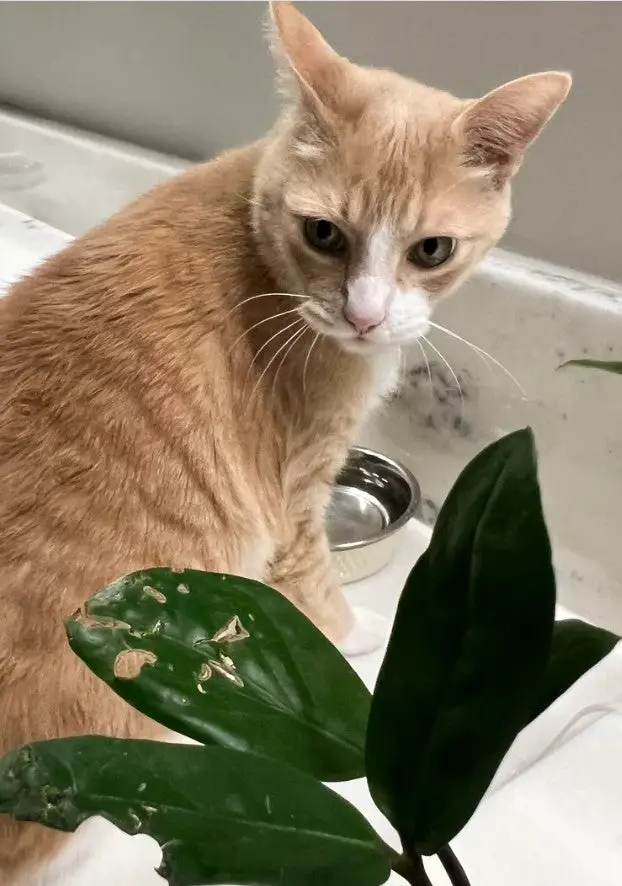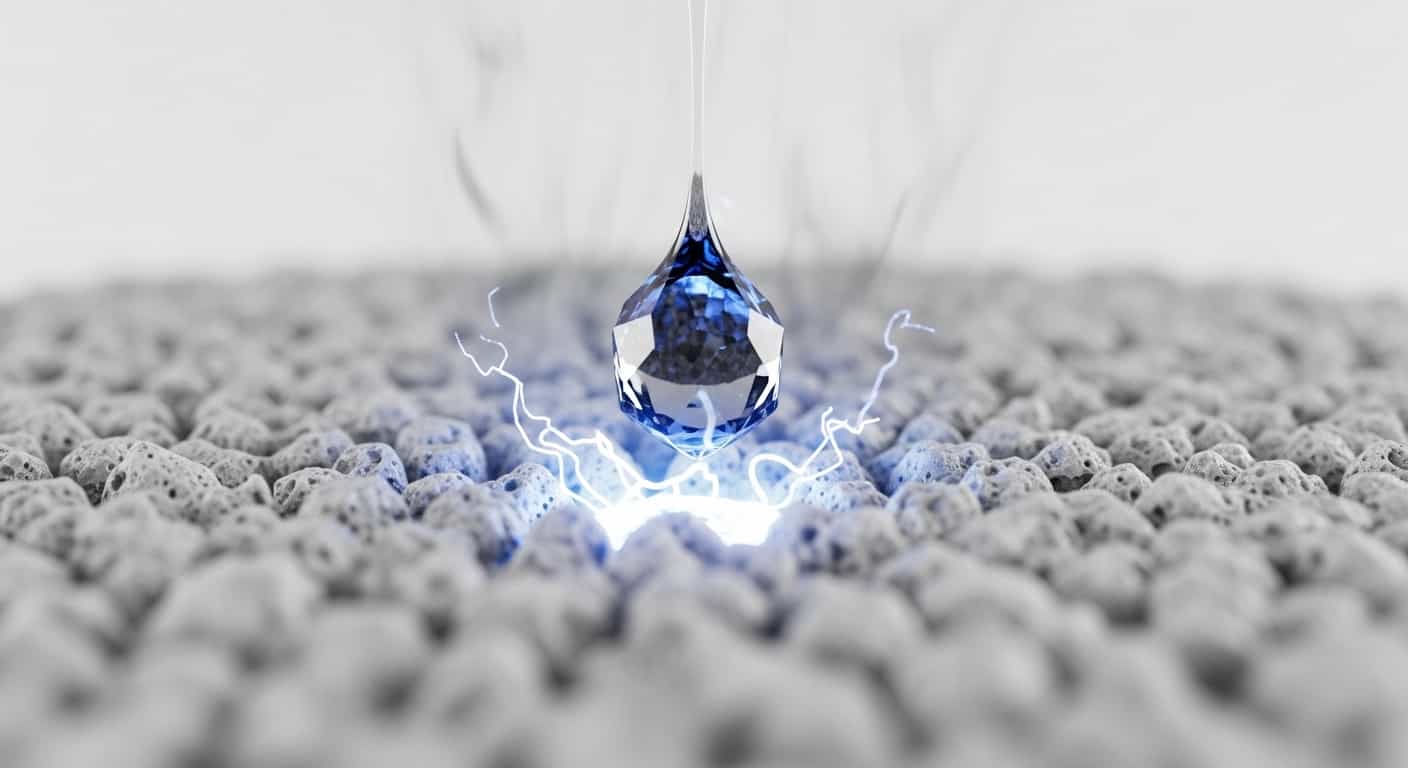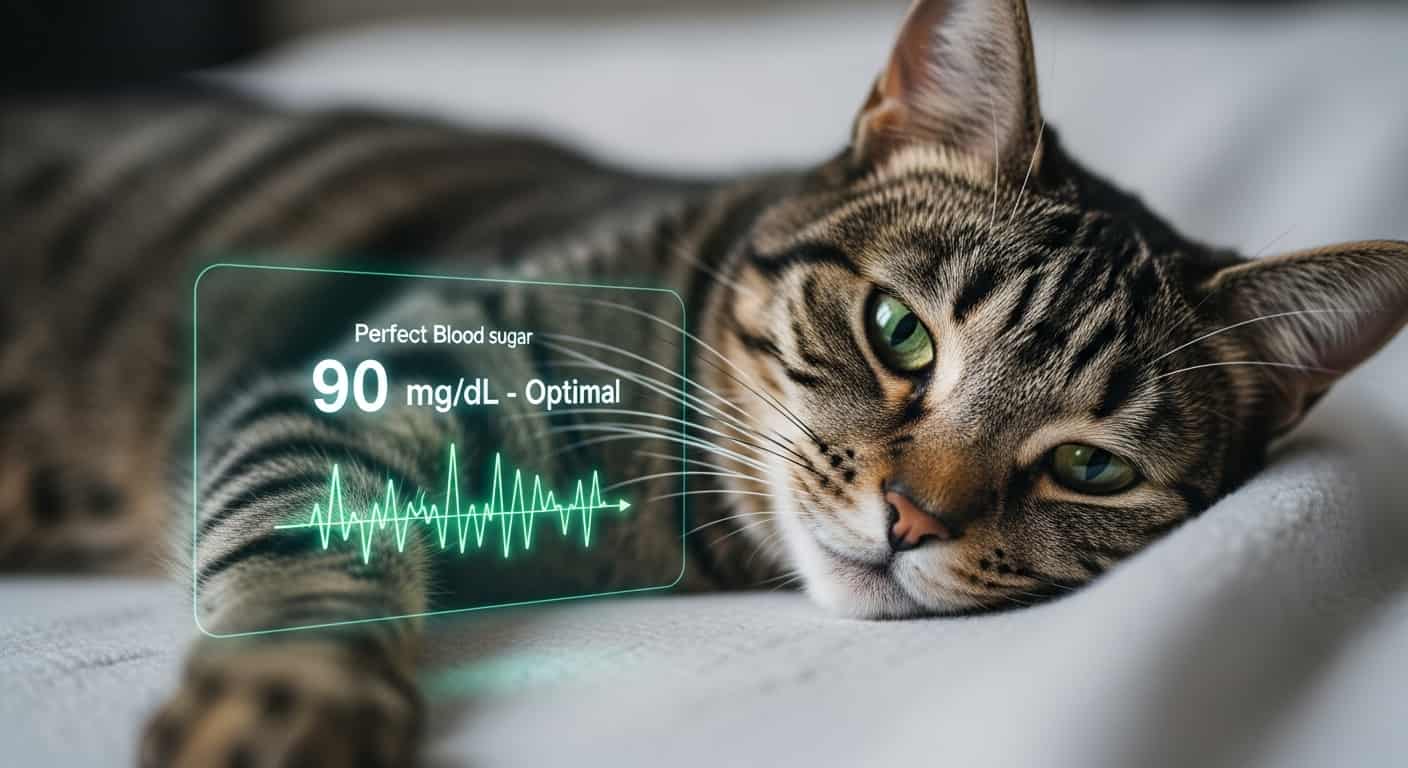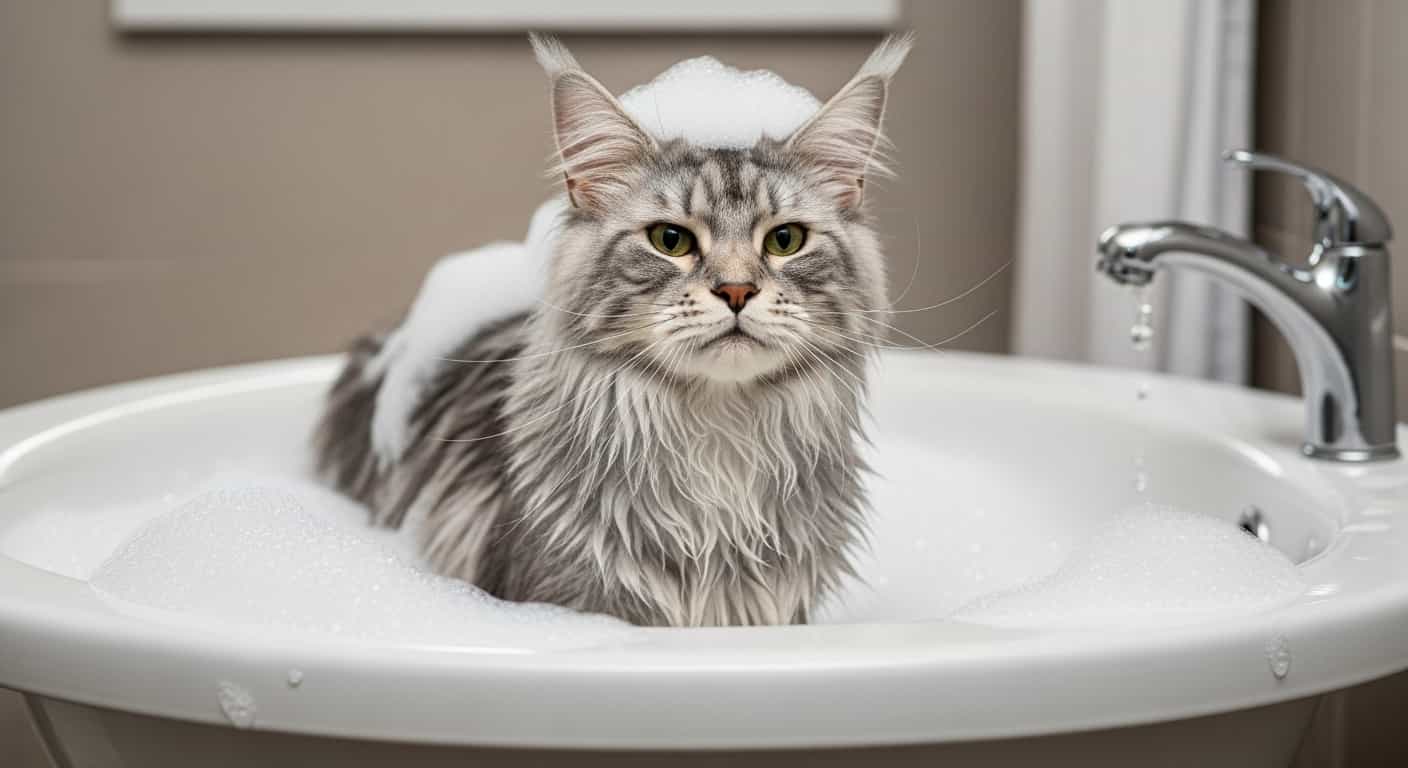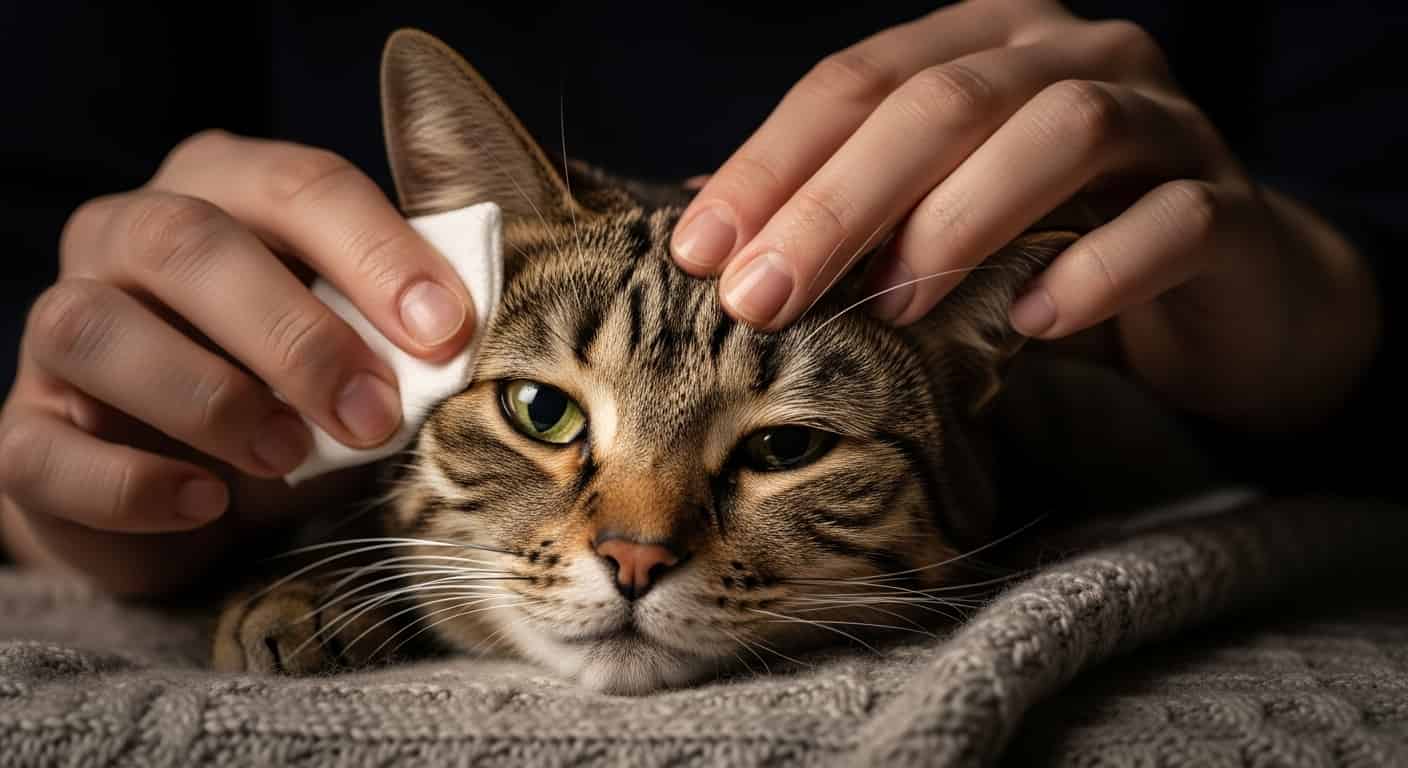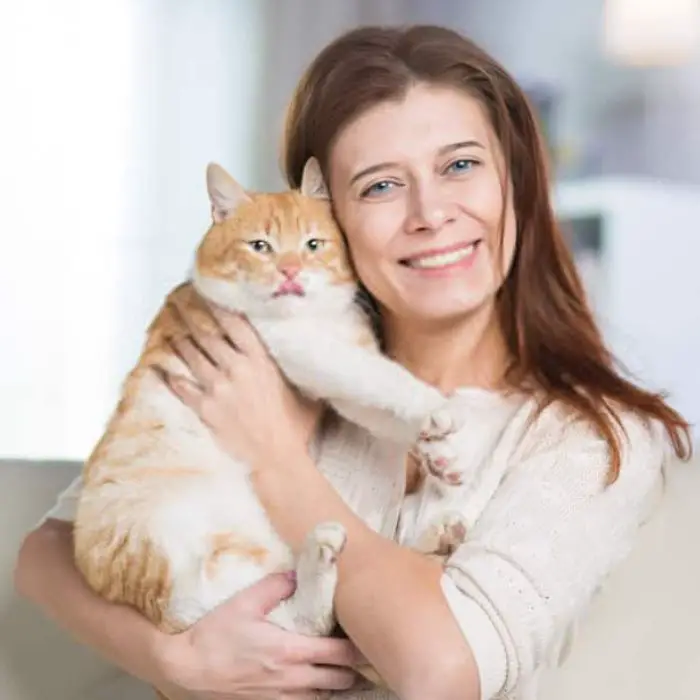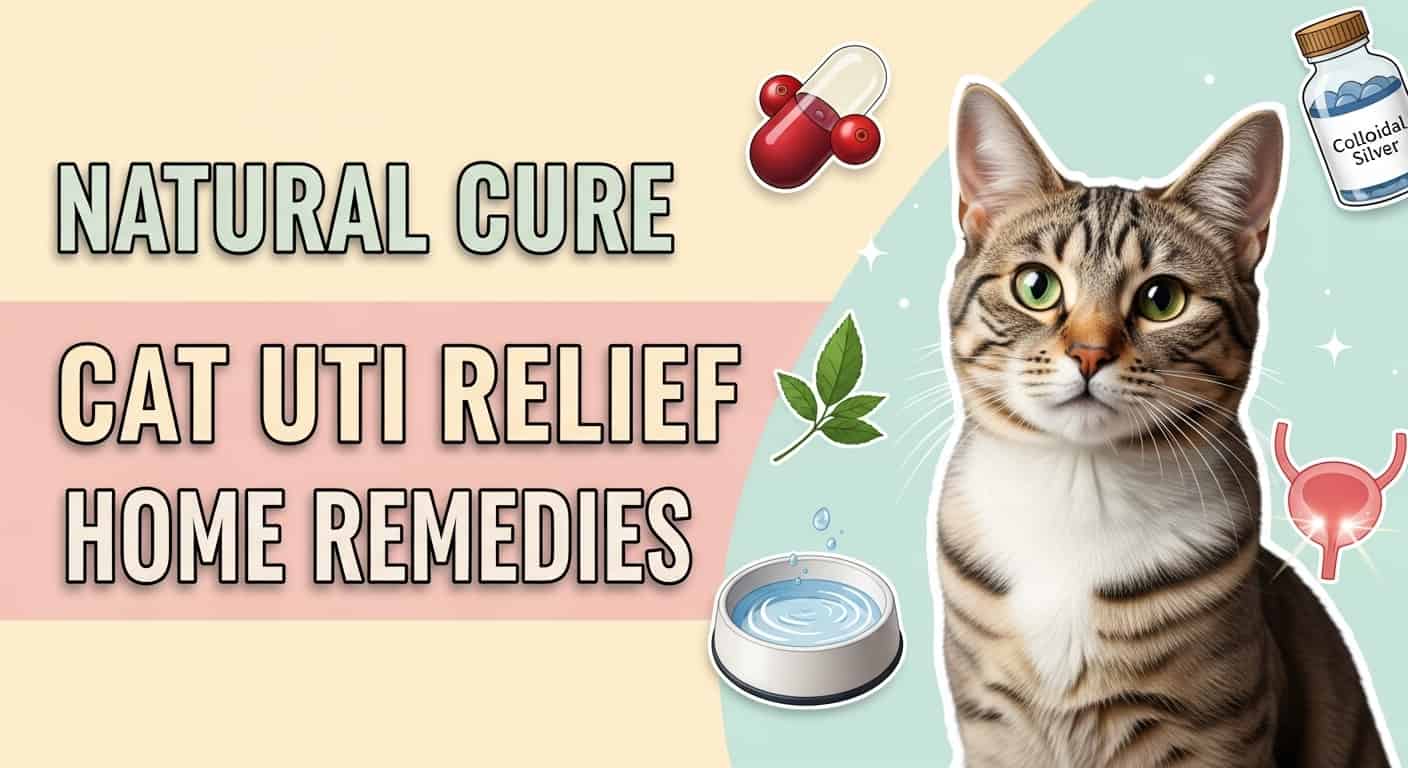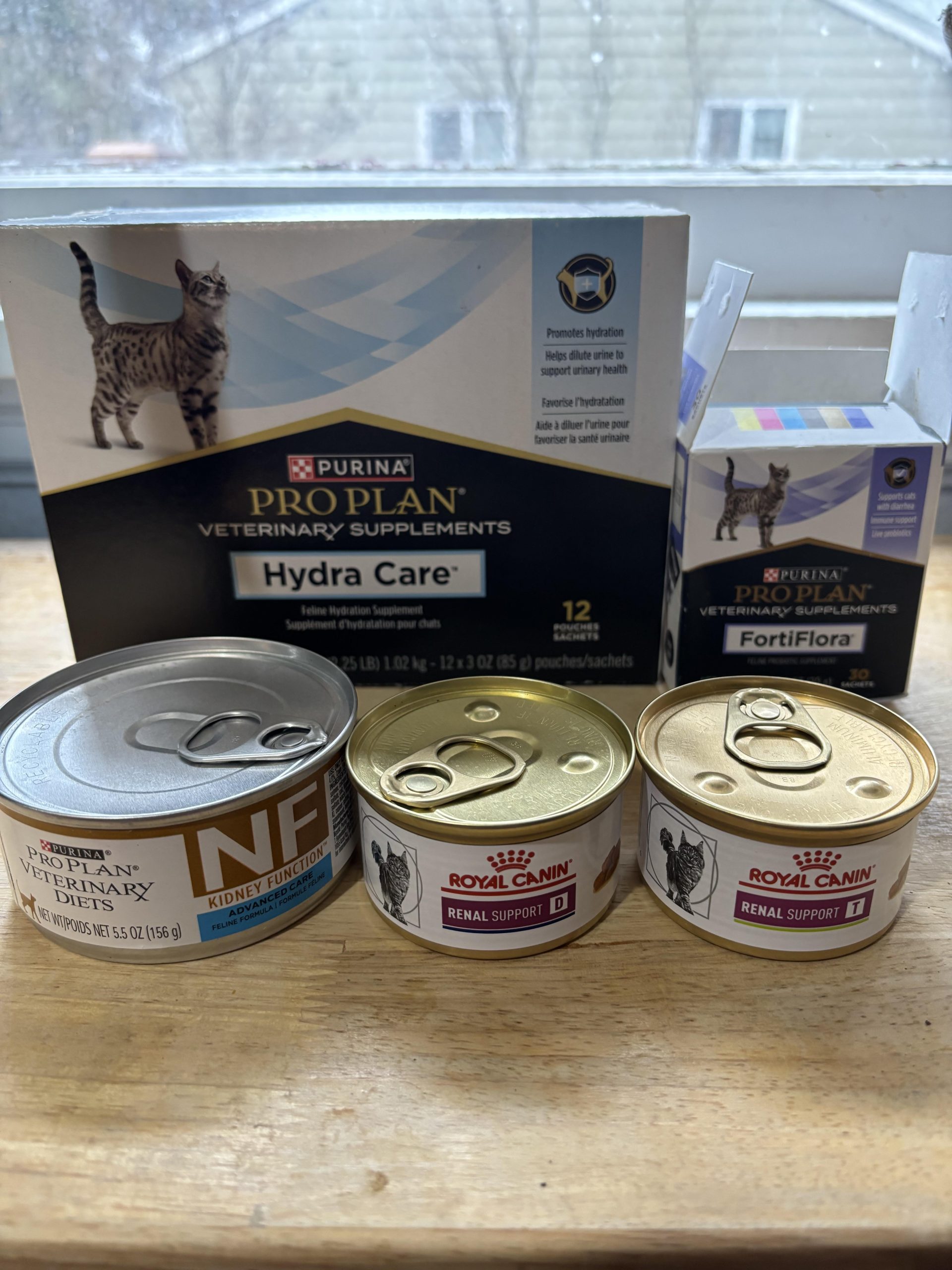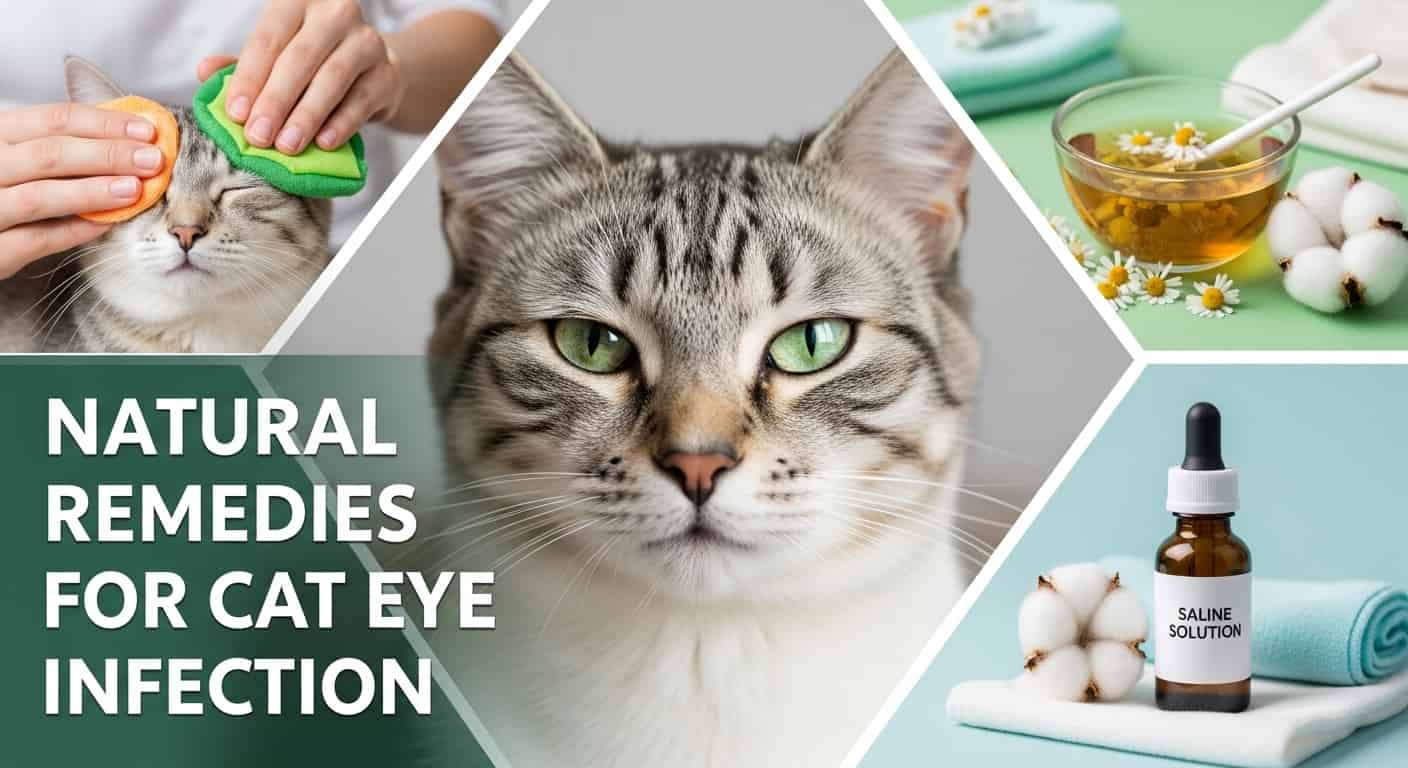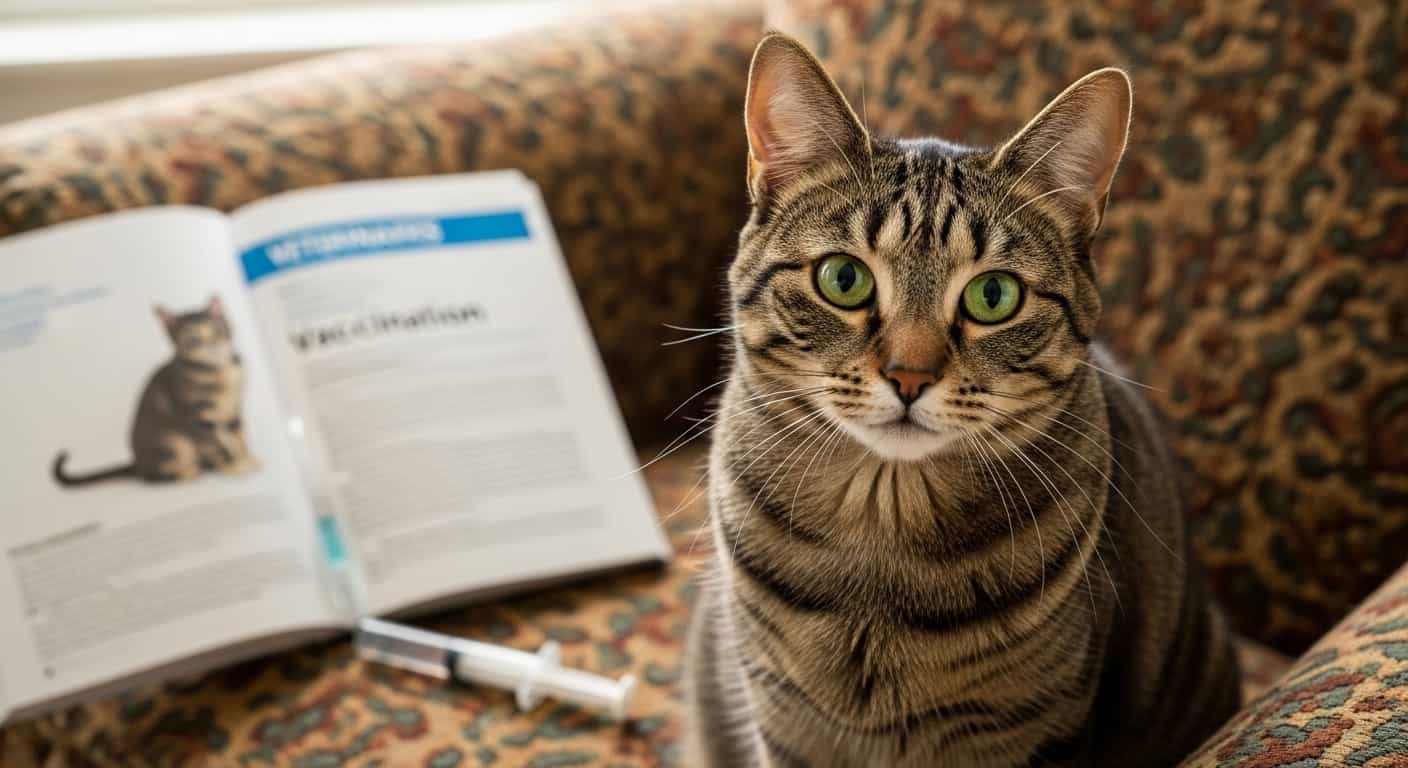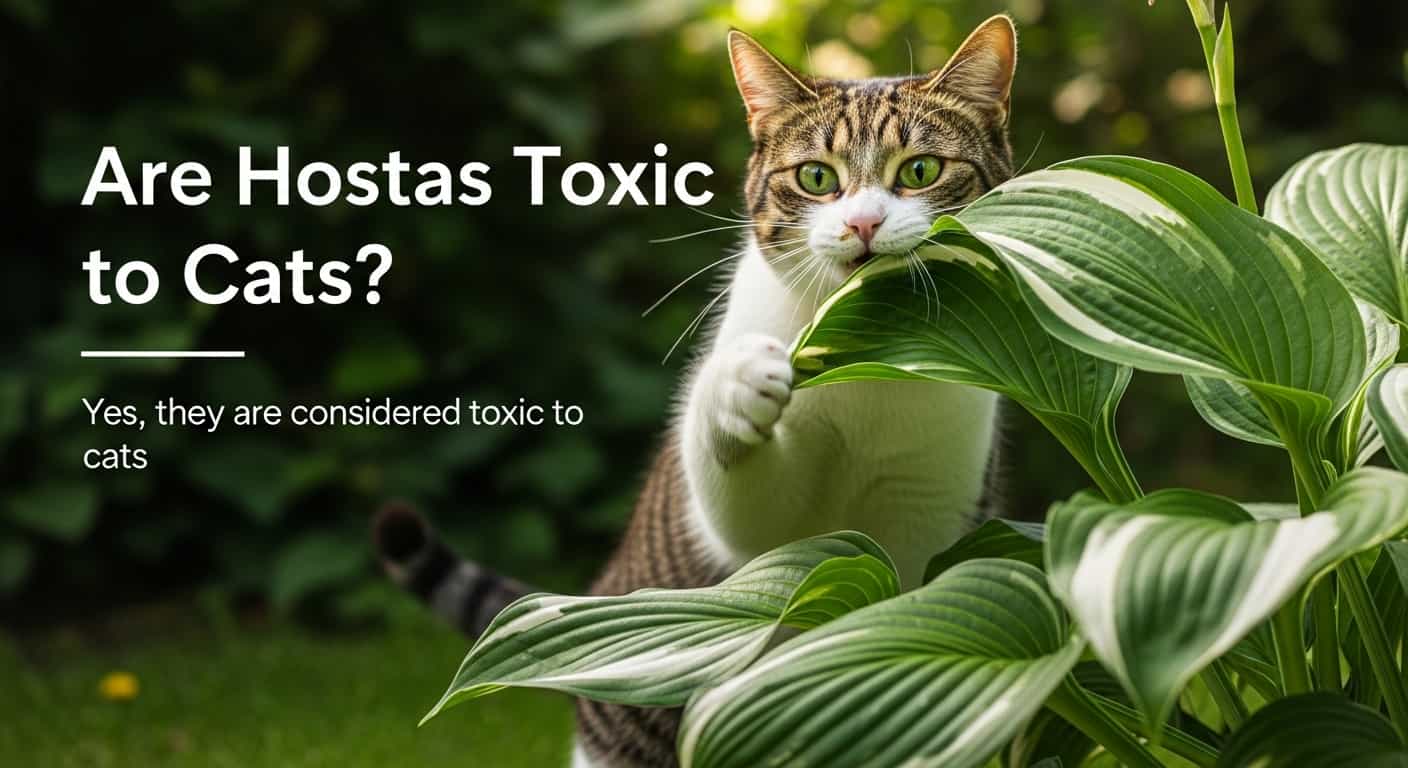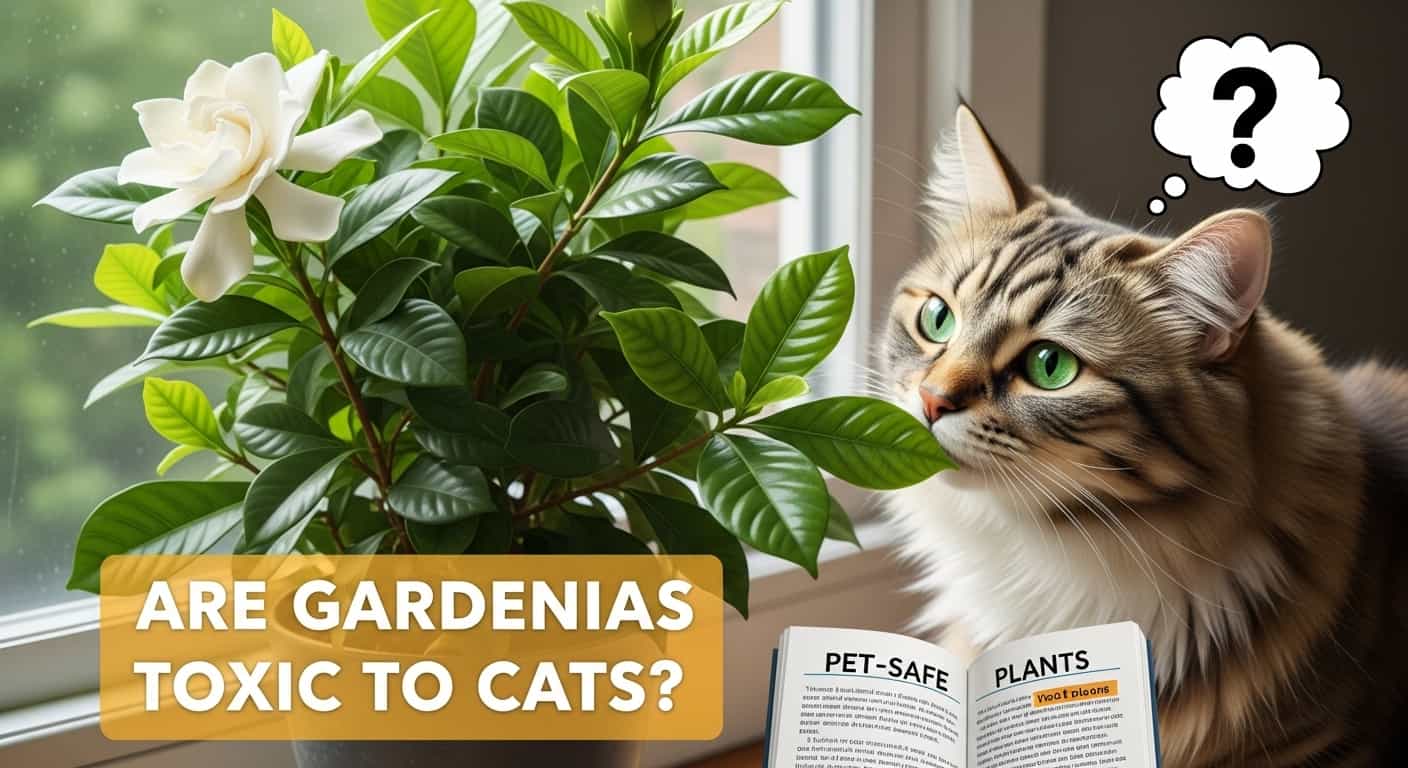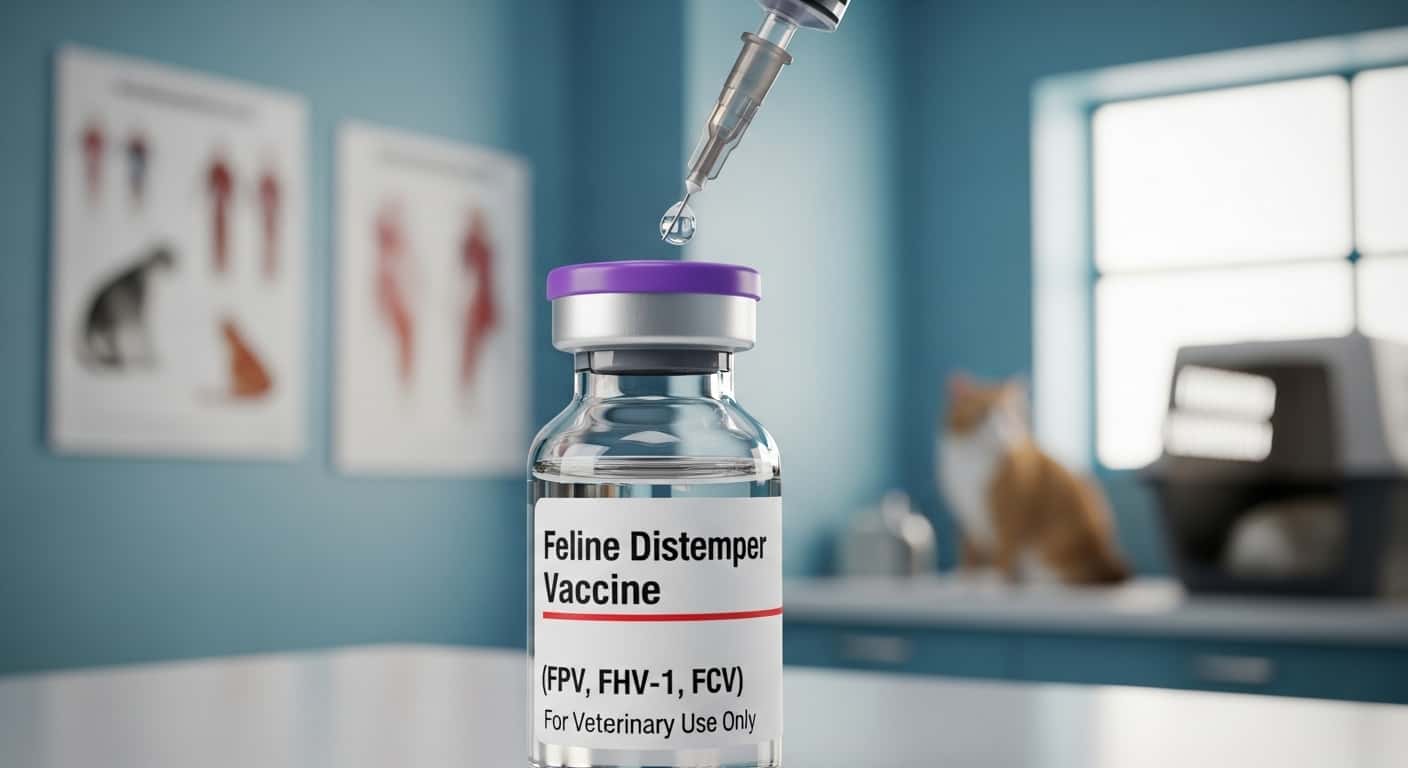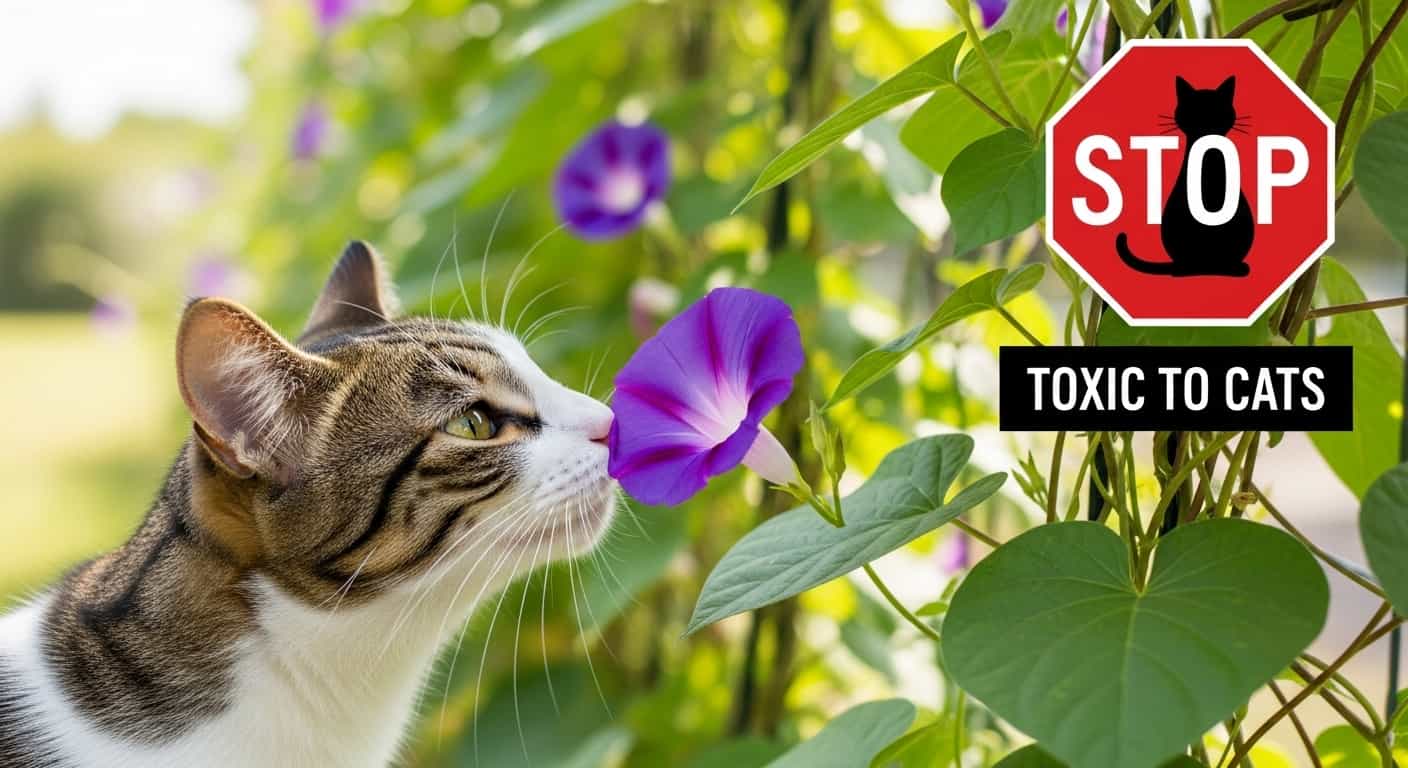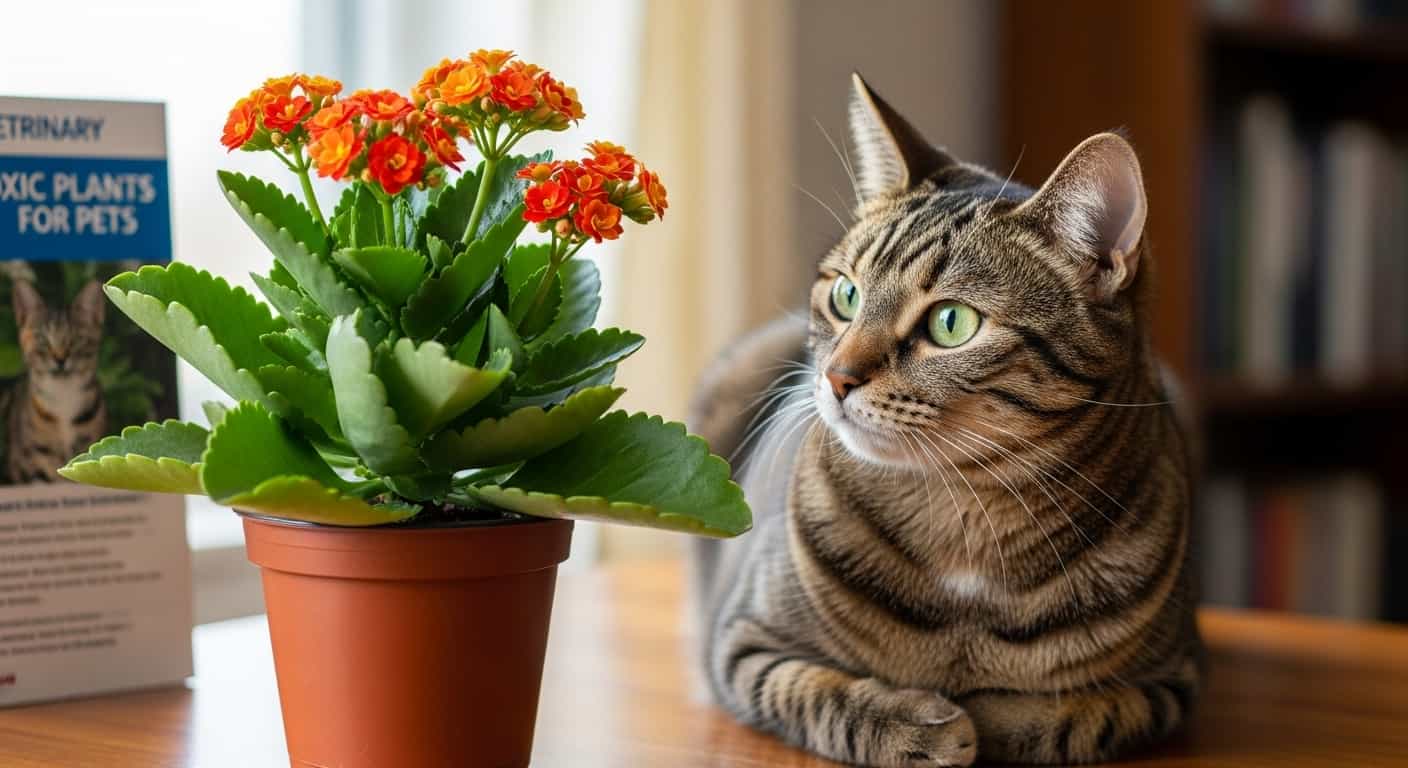Are you a cat owner who loves to keep your home vibrant with lush, green plants? If so, you might have considered adding a Zee Zee Plant to your collection.
Table of Contents
ToggleThese beautiful, hardy plants are a favorite among indoor gardeners. But before you bring one home, there’s an important question you need to consider: “Are Zee Zee Plants toxic to cats? ” Imagine your playful feline, always curious and ready to explore every corner of your home.
You want to ensure their safety while enjoying the tranquility and beauty that houseplants bring. This article will reveal the truth about Zee Zee Plants and their potential risks to your beloved pet. With essential insights and practical tips, you’ll be equipped to make informed decisions that protect your cat and your plant collection. Dive in to discover how you can have both a thriving green space and a safe haven for your furry friend.
Zee Zee Plant Overview
Zee Zee plants, known for their lush green leaves, can pose a risk to cats. Their leaves contain compounds that may cause vomiting or irritation if ingested by pets. It’s crucial to keep these plants out of reach to ensure your feline friend’s safety.
The Zee Zee Plant, also known as Zamioculcas zamiifolia, is a popular houseplant cherished for its striking appearance and low maintenance. Its glossy, dark green leaves add a touch of elegance to any room, making it a favorite among plant enthusiasts. But what makes this plant truly fascinating is its resilience. It can thrive in low light and with minimal water, which is perfect for those with a busy lifestyle. However, is it safe for your feline friend?What Is The Zee Zee Plant?
The Zee Zee Plant is native to Eastern Africa and belongs to the Araceae family. Its robust nature means it can survive in various conditions, from dimly lit corners to spaces that receive indirect sunlight. With its ability to store water in its rhizomes, it can go weeks without watering.Here's a related post that you might find useful. Are Violas Toxic to Cats: Uncover the Truth
Why Is The Zee Zee Plant Popular?
This plant is loved for its adaptability and beauty. It can easily fit into both modern and traditional decor. Whether you’re a seasoned plant parent or a beginner, this plant offers a hassle-free experience. Its ability to purify the air is an added bonus, making your indoor environment healthier.Maintenance And Care
The Zee Zee Plant requires minimal attention. Water it every two to three weeks, ensuring the soil dries out between waterings. It doesn’t demand frequent repotting and can flourish in various soil types. Place it in a well-lit area to see it truly shine, though it tolerates low light as well.Potential Risks For Cats
While the Zee Zee Plant is a joy to have at home, it poses a risk to your feline companions. Its leaves contain calcium oxalate crystals, which can be harmful if ingested. If your cat nibbles on the plant, it may experience irritation, drooling, or vomiting.What Can You Do?
To keep your cat safe, consider placing the plant out of reach. High shelves or hanging planters can be effective. Alternatively, you might opt for cat-friendly plants if you’re worried about potential risks. Regularly monitor your cat’s behavior to ensure they stay healthy and happy.Do you have a Zee Zee Plant at home? How do you ensure your cat stays safe around it? Share your experiences and tips in the comments. Your insights might just help a fellow cat owner!

Credit: www.catster.com
Toxicity To Cats
The Zee Zee Plant, known for its beautiful foliage, is a common houseplant. While it adds a touch of green to homes, it poses risks to pets. It’s vital to understand its potential toxicity to cats. Cats are curious creatures. They often nibble on plants without knowing the danger. This section uncovers the risks and symptoms associated with Zee Zee Plant exposure.
Chemical Components
Zee Zee Plant contains calcium oxalate crystals. These needle-like structures are found in various parts of the plant. They cause irritation upon contact. Cats may experience discomfort if they chew on the leaves or stems. These crystals are the primary reason for its toxicity to pets.
Here's a related post that you might find useful. Is Cordyline Toxic to Cats? Emergency Symptoms & Safety Guide
Symptoms Of Poisoning
If a cat ingests Zee Zee Plant, several symptoms may occur. Drooling is a common sign. It indicates mouth irritation. Vomiting may follow as the body tries to expel the toxins. Swelling around the mouth or throat is another symptom. In severe cases, difficulty swallowing can happen. Immediate veterinary attention is crucial if these symptoms appear. Early treatment can prevent further complications.
Preventing Exposure
Zee Zee plants pose a risk to cats due to toxic compounds. Chewing or ingesting these plants can lead to vomiting and irritation. Keeping plants out of reach helps prevent exposure and ensures your cat’s safety.
Safe Plant Placement
Strategic placement of your Zee Zee Plant can minimize the risk of your cat coming into contact with it. Consider placing these plants on high shelves or in hanging pots that are out of reach. You might also use plant stands to elevate them. This not only protects your cat but can also add a decorative touch to your home. Think about areas where your cat seldom ventures, perhaps in rooms with closed doors or spaces blocked by furniture.Alternatives To Zee Zee Plants
Choosing non-toxic plants is a practical way to ensure your home is cat-friendly. Consider opting for plants like spider plants, which are safe for cats and easy to care for. Herbs such as basil or mint are also excellent choices. They add fragrance to your home and can be a fun snack for your cat. If you’re keen on greenery, ferns or bamboo palms are beautiful and safe options that can thrive indoors. Reflect on your own experiences. Have you ever caught your cat nibbling on a plant, only to rush them to the vet? It’s a scenario many pet owners know too well. By choosing safe plants, you can prevent such incidents and enjoy peace of mind. What other steps can you take to keep your furry companions safe? Always monitor their behavior around plants and educate yourself about plant toxicity.Emergency Response
Zee Zee plants can be toxic to cats if ingested. Symptoms may include vomiting and diarrhea. Keep these plants out of reach to ensure your cat’s safety.
When it comes to the safety of your beloved feline friend, knowing how to respond in an emergency can make all the difference. If your cat has interacted with a potentially toxic plant like the Zee Zee plant, quick and informed action is crucial. Understanding the symptoms and knowing exactly what steps to take can help ensure your pet’s safety and well-being.Recognizing Symptoms
First, be aware of the signs that indicate your cat may have ingested or come into contact with the Zee Zee plant. Symptoms can vary, but common ones include drooling, vomiting, and diarrhea. You may also notice your cat pawing at their mouth or showing signs of discomfort. If you suspect your cat is experiencing symptoms, stay calm. Observing changes in your cat’s behavior is critical. Is your usually energetic feline suddenly lethargic? A sudden change in energy levels can be a red flag. Remember, every minute counts. If you notice any unusual symptoms, it’s better to err on the side of caution and seek professional help.Immediate Actions
If you suspect your cat has been exposed to a toxic plant, act quickly. Remove any plant material from their mouth and rinse their mouth with water if possible. This can help reduce further ingestion of toxins. Contact your veterinarian immediately. Provide them with as much information as possible, including the plant involved and the symptoms observed. Your vet will guide you through the next steps, which may include bringing your cat in for an examination. In the meantime, keep your cat calm and comfortable. Reducing stress can help them cope better with any discomfort they may be feeling. Consider your home environment. Are there other potentially toxic plants that could pose a risk to your pet? Now might be the time to reassess your home and make it safer for your furry companions. Knowing these steps can save precious time and ensure that your cat gets the care they need. Have you ever faced a similar emergency with your pet? What steps did you find most effective? Sharing your experience can help others prepare for such situations.Consulting Professionals
Zee Zee Plant can pose a risk to cats due to its toxic sap. Ingesting any part might lead to vomiting or upset stomach in felines. Pet owners should ensure this plant is kept out of reach to protect their furry friends.
Consulting professionals when you suspect your cat has encountered a toxic plant like the ZZ plant is crucial. It’s easy to overlook the potential dangers of household plants. However, knowing when and how to seek help can make all the difference in your pet’s health and safety. Let’s explore some key steps you can take to protect your furry friend.Veterinary Assistance
Reaching out to your veterinarian is often the first step. They can provide guidance based on your cat’s symptoms and exposure level. Veterinarians are trained to handle such situations and can recommend the best course of action. You might worry about the cost or time involved in a vet visit. But consider the peace of mind and safety it offers your pet. Always err on the side of caution and prioritize your cat’s health.Contacting Poison Control
If your vet isn’t available, contacting a poison control center can be a lifesaver. These centers specialize in providing immediate advice on toxic exposures. Make sure you have the plant’s name and details about your cat’s symptoms when you call. The advice from poison control can be invaluable, especially when time is of the essence. They might suggest specific home treatments or direct you to the nearest emergency vet. Wouldn’t you rather be prepared than regretful? In your personal experience, you might have faced similar situations with your pets. Remember how quickly you acted when your cat showed unusual signs? That decisive action could be the key to ensuring your pet’s well-being. Always keep emergency contacts handy, so you’re ready if the unexpected occurs. By consulting professionals, you are taking a proactive step in safeguarding your cat’s health. What measures have you put in place to protect your pet from household hazards?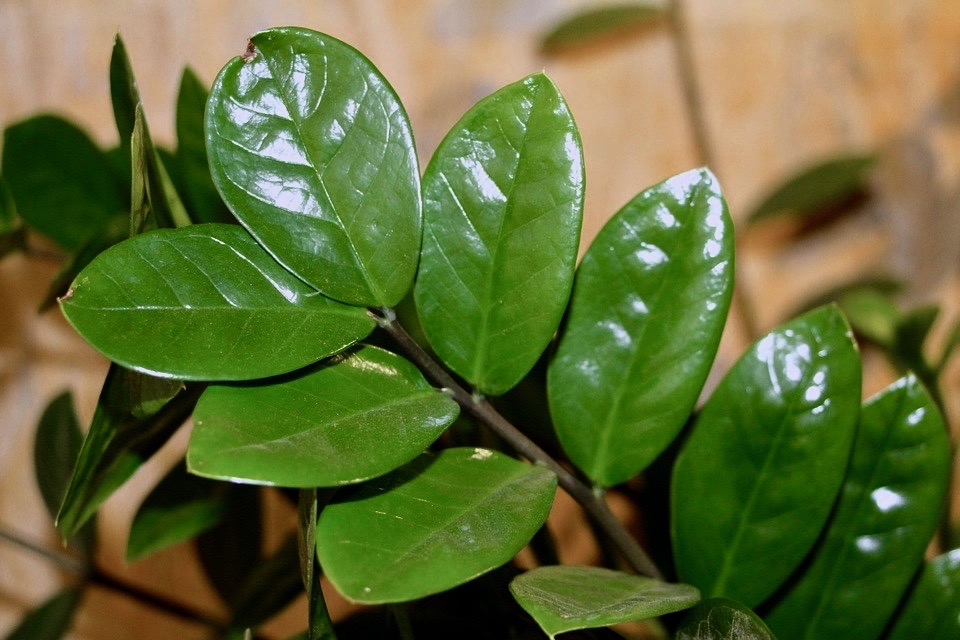
Credit: leafandpaw.com
Creating A Cat-safe Environment
Zee Zee plants, popular for their hardy nature, can pose a risk to curious cats. Toxic if ingested, these plants may cause vomiting or diarrhea in felines. Keeping such plants out of reach is essential for a safe home environment for your pets.
Creating a safe environment for your cat is crucial. Cats are curious creatures. They explore every corner of your home. Some plants pose risks to them. The Zee Zee Plant is one such plant. It can be toxic to cats. Understanding which plants are safe ensures your pet’s well-being. Let’s explore how to create a cat-safe environment.Pet-friendly Plant Choices
Choosing the right plants is essential. Many plants are harmless to cats. Spider plants are safe. So are Boston ferns and bamboo palms. These plants add greenery without risk. They beautify your space safely. Always research before buying new plants. This ensures you choose cat-friendly options.Monitoring Plant Access
Keeping plants out of reach is key. Place them on high shelves. Use hanging baskets when possible. Cats love to climb and explore. Ensure they can’t easily reach toxic plants. Monitor their behavior around plants regularly. This prevents any accidental ingestion. Creating a cat-safe home involves care and attention. Choose safe plants and monitor access. Protect your feline friend from harm.
Credit: www.livelyroot.com
Frequently Asked Questions
Are Zz Plants Harmful To Cats?
Yes, ZZ plants are toxic to cats. They contain calcium oxalate crystals, which can irritate a cat’s mouth and stomach. If ingested, symptoms may include drooling, vomiting, and difficulty swallowing. It’s best to keep ZZ plants out of reach of pets to prevent accidental ingestion.
What Symptoms Do Cats Show If Poisoned By Zz Plants?
Cats poisoned by ZZ plants may exhibit drooling, vomiting, and difficulty swallowing. They might also show signs of oral irritation and pawing at the mouth. If you suspect your cat has ingested ZZ plant parts, consult a veterinarian immediately for appropriate care and treatment.
How Can I Keep My Cat Safe From Zz Plants?
To keep your cat safe, place ZZ plants in areas inaccessible to pets. Consider using hanging planters or closed rooms. Alternatively, opt for cat-friendly plants that are non-toxic. Regularly monitor your cat’s behavior to ensure they don’t chew on or ingest harmful plants.
What Should I Do If My Cat Eats A Zz Plant?
If your cat eats a ZZ plant, contact your veterinarian immediately. Provide them with details about the plant and any symptoms your cat exhibits. Do not induce vomiting unless instructed by a professional. Early intervention can prevent more severe health issues and ensure your pet’s safety.
Conclusion
Zee Zee plants can pose a risk to cats. They contain calcium oxalate crystals. These can irritate a cat’s mouth and stomach. Symptoms may include drooling, vomiting, or loss of appetite. It’s important to keep these plants away from curious pets.
Consider pet-friendly alternatives for your home decor. If your cat shows symptoms, contact a vet immediately. Your pet’s safety should always come first. Understanding plant toxicity helps in making informed decisions. Stay cautious, and keep your home safe for all family members.

